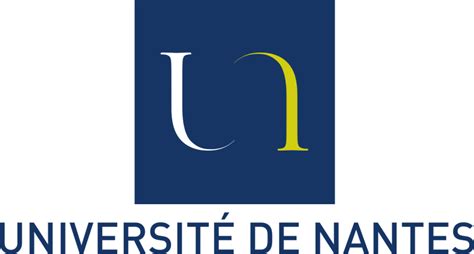High-resolution Digital Outcrop Modelling of terretrial analogues for education on Planetary Geology
Résumé
Teaching in Planetary Geology relies both on remote data gathered by various probes exploring the solar system (orbiters, landers and rovers), and on the study of terrestrial analogues sites. Usually, a field-trip on selected outcrops is the most widely used approach. However, this cannot always be possible for various reasons, such as a far distance of the site, safety or accessibility issues, cost, etc.
To overcome these problematics, a complementary solution is progressively emerging thanks to 3D reconstruction and Virtual Reality (VR) techniques. Virtual field-trips can be organized using high-resolution 3D recreations of outcrops providing relevant analogues for Planetary Geology. Here, we specifically focus on the “Goldmine Beach” outcrop in western France (Pénestin, Morbihan), that displays a suite of fluvial siliciclastic sedimentary rocks and structures (VAN VLIET-LANOË et al., 1997; BRAULT et al., 2001) used as an analogue to Martian fluvial valley systems. Our objectives are to: 1) Produce a highly-resolved 3D photogrammetric model of the outcrop, 2) Evaluate the accuracy of the 3D model reconstruction process by comparing it with ground-truth measurements, and in particular by evaluating the accuracy of the reconstruction computed with limited conditions similar to the ones available from Martian rovers; and 3) Integrate the model within a VR system to allow our students to roam over and characterize at real scale the entire outcrop.
We made two Digital Outcrop Models (DOMs) of the "Goldmine Beach" outcrop using Structure-from-Motion photogrammetry. The first model was obtained using a set of photos taken following the usual procedure for photogrammetric reconstruction (fixed optical parameters, homogeneous lighting, maximum overlapping and coverage). It provides the maximum accuracy to allow our students a close mm-scale inspection of the outcrop and its structures. The second model was made using a “degraded” set of photos, analogue to the photos taken by the Mars Science Laboratory Curiosity rover (varying optical parameters – focal length, frame resolution –, heterogenous lighting, lower overlapping, non-optimal coverage). This second model has a good accuracy despite the degraded observing conditions (Fig. 1) and thus validate the creation of Martian DOMs produced from Curiosity data (e.g., CARAVACA et al., 2020) in a controlled case.
The DOM was subsequently integrated within a VR environment (Fig. 2), using either SteamVR, Sketchfab online platform, or a game engine. In the VR environment, several students and a teacher can interact using real-time networked telepresence to observe, characterize and interpret the structures of the outcrop (Fig. 2a), including the most remote parts that are not accessible on the real outcrop (e.g., top of the cliff; Fig. 2b). Additionally, it is possible to “come back” to the virtual place at any time for further observations and get familiar with taught structures taking advantage of the online availability of the model on the Sketchfab platform (model available at: https://skfb.ly/6WJrW. VR has the potential to become a major part of our Geoscience lessons in the coming years for both remote planetary outcrops (Moon, Mars, etc.) and their terrestrial analogues.
Origine : Fichiers produits par l'(les) auteur(s)
